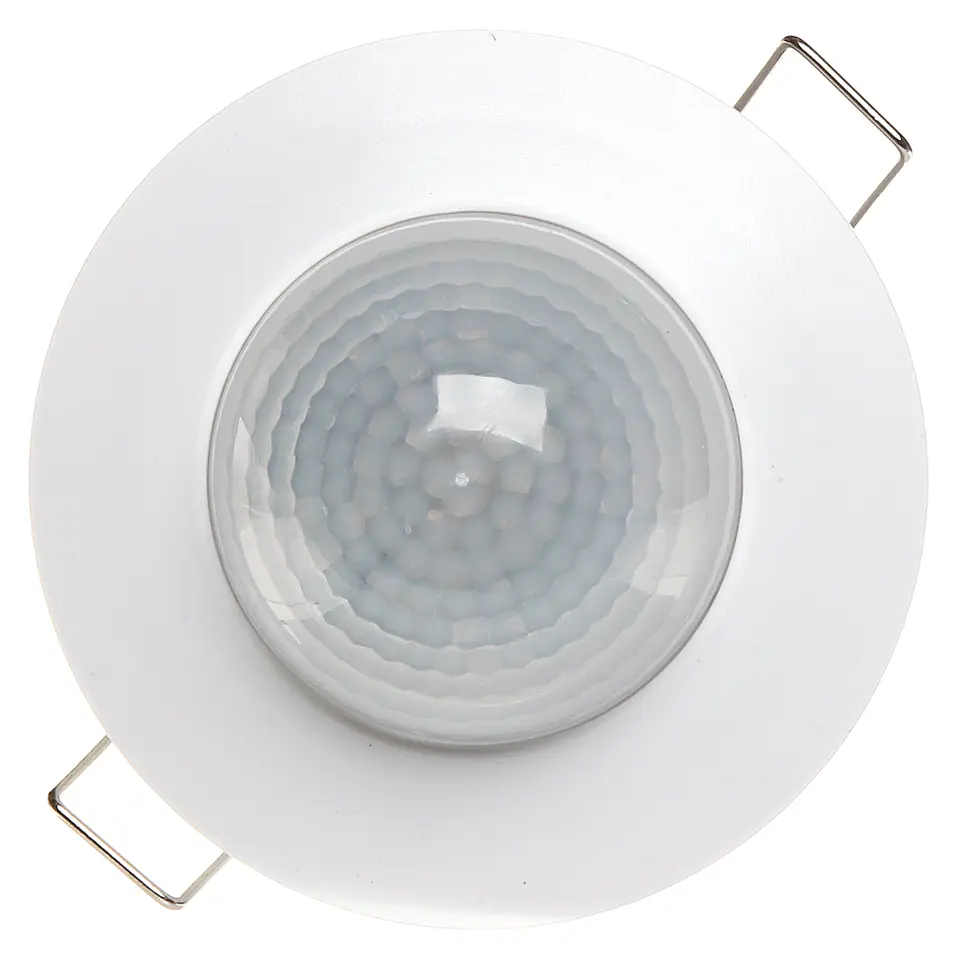Passive infrared sensor for ceiling mountingThe sensor is designed to automatically control the switching on of building lighting (or other electrical devices) when motion is detected near the place of its installationThe heart of the device is a passive infrared sensor with a motion detection angle of about 360 degreesMotion detection is carried out on the principle of measuring the change in ambient temperature in the given sector of visibility of the sensor, as a result of the movement of the person there
The device is designed for installation in suspended ceilings
When motion is detected by the PIR sensor, the lighting (or other sensor-controlled electrical device) automatically turns on and remains on as long as the motion sensor detects the presence (movement) within the field of viewIf no presence is detected within the specified (user-set) time, the lighting (or other electrical device) is automatically turned off
The sensor is additionally equipped with a special photo-optical sensor, which allows you to optionally save energy without switching on the lighting, e.g. during the day





